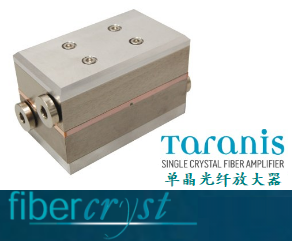公司简介
Silicon Light Machines is located in Sunnyvale California – the heart of Silicon Valley. Here, we design and manufacture the Grating Light ValveTM products. Our facility includes a 1500 sq. ft. class 10 clean-room for wafer processing, clean labs for device and module testing as well as dedicated labs for electronics & optics development. Our name “Silicon Light Machines” reflects the core technologies embodied in the Grating Light Valve: Silicon to highlight the robust material set, Light to describe the field of use and Machines to underscore the mechanical nature of the GLV.
产品列表
GLV Modules
GLV modules are currently offered in two basic channel count configurations: 1088 and 8192 pixels. The 1088-channel module is available in three configurations tailored to different applications. The product comparison table summarizes pixel structure, wavelength range, modulation mode and maximum frame rate associated with each module.
The F1088 is an amplitude (contrast) modulator well-suited to wide spectral operation. It can be configured with appropriate windows for ultra-violet (UV, 350-430nm), visible (VIS, 450-670nm), and near infrared (NIR, 780-900nm).
NEW The new F1088-HS has an enhanced module architecture that supports column rates up to 350 kHz in AMP mode (1024 amplitude levels for each pixels). The GLV module is separated from the control electronics with a flex cable to allow smaller optical head designs and facilitates optical alignment.
The new F1088-P is mechanically identical to the F1088 but employs an alternate pixel structure to allow 0-2π phase modulation in UV or short visible wavelengths.
The G1088 is an amplitude modulator employing a unique pixel design for high 0th order efficiency and contrast for the near-infrared (800nm).
The G8192 offers nearly 8x more pixels for increased resolution and throughput. It is specifically designed for high 0th-order efficiency and contrast in the UV.
 | 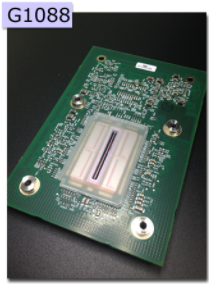 | 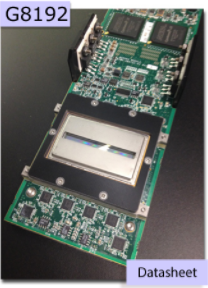 |
 | ||
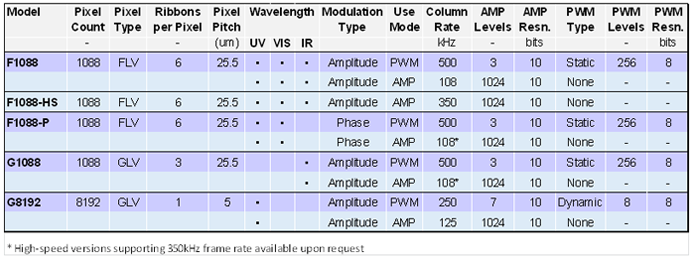
GLV modules incorporate unique pixel designs to achieve different optical properties. As shown in the figure, each GLV pixel is composed of moving “active” ribbons interleaved with static “bias” ribbons. F1088 modules use a “flat” light valve design in which active and bias ribbons are structurally identical. The FLV device is relatively wavelength-agnostic and delivers the highest contrast in 1st-order imaging. The G1088 and G8192 modules use a “true-GLV” design in which the bias ribbons are replaced by metallized regions on substrate. This design offers the advantage of improved efficiency and contrast in 0th-order imaging. Finally, in the case where bias ribbons are eliminated entirely, the GLV pixel comprises only active ribbons. This is the configuration used in the F1088-P phase modulator.

As shown in product comparison table, GLV modules can be operated in one of two modes: (a) pulse-width-modulation or “PWM”-mode and (b) amplitude modulation or “AMP”-mode. PWM-mode uses the timed switching capability of the GLV in conjunction with a reduced selection of amplitude levels. AMP-mode offers complete 10-bit amplitude flexibility but precludes PWM timed switching.
For example, in PWM-mode, the F1088 instructs each pixel to one of three unique 10-bit amplitude levels updating at one of three corresponding unique 8-bit delay values. In AMP-mode, the F1088 instructs each pixel to any 10-bit amplitude level, but all updates occur simultaneously at the column strobe. The maximum data rate for AMP-mode is typically lower than PWM-mode due to the increased data transmission.
The PWM- and AMP-modes allow GLV operation to be tailored to best suit the application. For example, PWM-mode is best suited for exposing binary (threshold) media since it allows precise edge timing without the need for deep gray-scale control. Conversely, AMP-mode is best suited for applications like display, where fine intensity control is needed, but edge timing is not as critical.
The F1088 and G1088 employ “static” PWM while the G8192 allows “dynamic” PWM. In static PWM, pre-defined combinations of amplitude and delay are configured per pixel prior to operation. For example, each pixel is initialized with three 10-bit amplitudes and three 8-bit delays. At run time, one of the three amplitude-delay combinations is selected per column, allowing substantial amplitude/timing control with minimal data transfer. In dynamic PWM, greater flexibility is provided in amplitude and delay functionality. The G8192 allows seven 10-bit amplitudes and eight 8-bit delays to be configured per pixel prior to operation. At run time, one amplitude and one delay are selected per column. Note that unlike static PWM, dynamic PWM does not prescribe specific amplitude-delay combinations.
Silicon Light Machines produces test boards for both the 1088- and 8192-channel modules. These boards simulate the action of a dedicated controller board, allowing a limited set of test patterns to be run on the GLV module. The test boards also perform system-level tasks such as sequencing power-up/power-down, reading & writing to configuration registers & memory, and reading module status. The test boards combine a microprocessor with field programmable gate arrays, programmable logic devices, high-speed serializers and SDRAM & FLASH memory. The test boards interface to a host PC through an RS-232 serial interface. Commands and replies are exchanged over the serial interface using an ASCII command set and terminal emulator. The ASCII commands can also be incorporated into user-developed software.
NEWThe T1088-HS supports the F1088-HS GLV Module and generates test patterns at 350 kHz column rates. In addition to test patterns, the T1088-HS allows the user to create custom GLV amplitude data in a spreadsheet and then download the data to the test board using a USB interface.
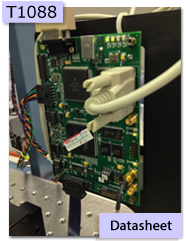 | 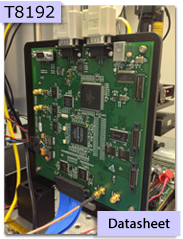 |  |
| Silicon Light Machines is pleased to offer GLV module evaluation kits. The evaluation kit consists of the GLV module, corresponding test board, firmware, interface cables and operating manual. Technical support is provided by email or phone. Reduced pricing is offered for evaluation kits depending on specification. Although the evaluation kit currently does not include the GLV optics, Silicon Light Machines has an applications lab illustrating GLV illumination and imaging. Visitors are encouraged to visit our lab to learn more. Hands-on training is available under special arrangement. Evaluation kits consist of a test board, a GLV module and a cable set. |  |  |





